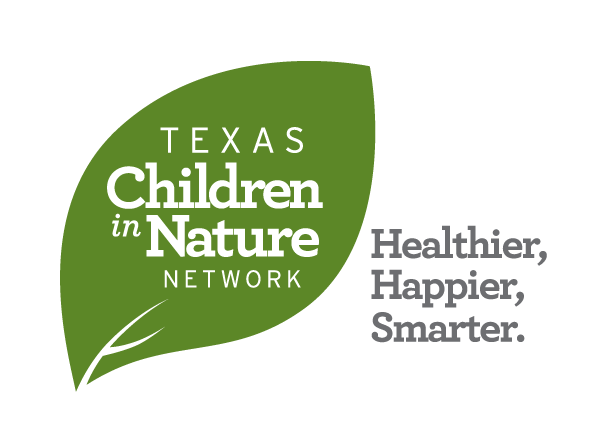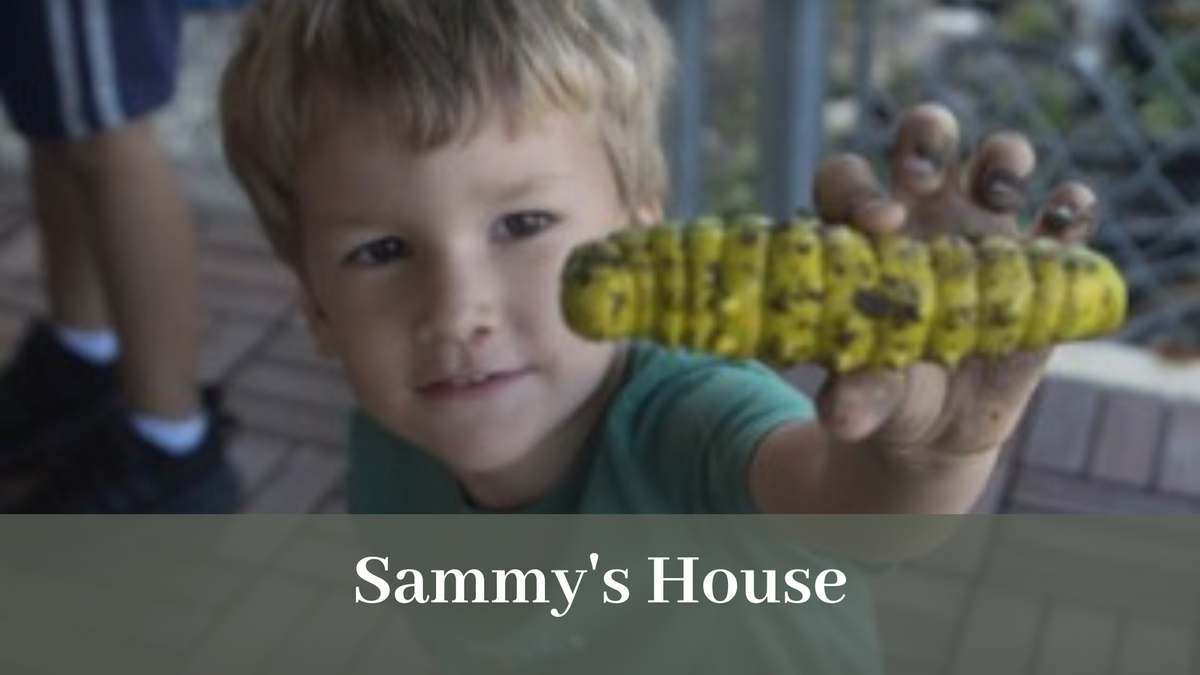Sammy's House
On November 16, 2021 Isabel Huerta, Director of Sammy's House, sat down with Sarah to talk about some of the great work they are doing in Austin.
Isabel, why don't you introduce yourself and let us know a little about you:
My name is Isabel Huerta and I am the Executive Director and Founder of Sammy's House. Sammy's House is a non-profit agency that provides services to children and young adults with disabilities in Austin. We operate a child development center, a respite care program, youth/adult work-readiness program, and adaptive summer camps. We have lots of different things going on.
How do you work in the nature and equity space?
Right now 60% of our enrollment is comprised of students who are from economically disadvantaged households, attending via subsidized tuition and/or scholarships. Fifty-five percent of our students identify as non-white. When we look at what educational opportunities are available to our students, it isn't the same opportunities available to other students in the community. We look to level the playing field that has been impacted by race, economics, and disability. Of all the ways you can take things away from a student, ability is one of the hardest to recover from. The lack of financial resources and a knowledge base exacerbates the loss of opportunities that occur for children with disabilities as they seek to learn and experience the world. We are deeply motivated by this inequity. Encouraging independence is big for us, the further along we can get young children today, the better outcomes they will have as they get older. We are always looking into the future to find ways to make a difference and make sure our students have a higher quality of life.
What are some ways you have created nature spaces for the children who are part of your program?
We practice a reverse inclusion model, instead of a classroom of typical children with a special child, we have a classroom of special children where we put a typical child. Many of our students, regardless of their diagnosis, are outside regularly. When we look at all the diagnoses represented in our school, one characteristic that makes group care difficult rises to the top - sensory integration. It stops children from participating in programs fully. When we look at natural spaces it breaks down some of the barriers experienced by children with neurological differences. We have been using outdoor spaces for decades. When we are in touch with nature the neurological system calms. We can reach more children by moving the classroom to outdoor spaces.
Now more than ever, we need to think about reducing the transmission of diseases. Outdoor spaces are a perfect and economical to do just that. We are starting to see happier children because we are switching to doing more and more activities outside. We are nature based beings and by taking our classes outside we are able to reach ALL children in our program.
How is collaboration important for the overall success of this program?
I think one of the realities of serving those in need, is the financial impact it has on an agency. When serving families who are economically disadvantaged, they are often not in the position to help provide needed resources. We don't have support from groups like PTAs at our school. If it weren't for collaborations we would not be able to exist. We are a volunteer driven agency, we need volunteers and corporate sponsors . These partners come in and work with us side-by-side to support our little people's lives. For us, it is the only way our agency can survive.
What makes you passionate about helping children and families spend time outdoors?
When I was a kid I wanted to be a Boy Scout and no one would let me at the time because I was a girl. I have always been a nature based person.
My educational background is in biology and chemistry. I love science. One of my first experiences with teaching young children in nature was with my daughter, who is hearing impaired. Her public education experience was my motivation. On day she came home from school and signed “egg”, “cocoon”, “butterfly”. I ask her, “Are you learning about metamorphosis?” She signed “yes”. When I contacted her teacher I asked about the metamorphosis lesson. Her teacher stated that she was not actually being taught any science, my daughter was just required to sit in the back of one of the science classes for her inclusion time. I started to look more deeply into our curriculum at Sammy’s House. Were our students being offered an opportunity to learn science?
As I started to create this curriculum at our school I had an experience with a little girl who was afraid and refused to go outside. The weekend before she had a birthday party with helium balloons. When asked, she stated she was afraid if she went outside she would float away and never see her mama. She didn't understand that there were forces that keep us planted on the Earth! Children with special needs often have science removed from their curriculum. It is a tough subject, but then when you have to differentiate it for special learners, this can be intimidating for early childhood educators. When we can help students understand that science is not unpredictable magic, all of a sudden the world isn't so scary. Science and the understanding of nature is so important. We need to provide experiences, pictures, signs, and so much more with our students.
What are some ways Texas Children in Nature Network can support your work?
Volunteer! We are always looking for people who are into nature. We also are always looking for funding to buy supplies and provide STEM kits for programming for the children who are part of the program.
Thank you Isabel for your time today.
Learn more about Sammy's House by checking out their website: https://sammyshouse.org/

